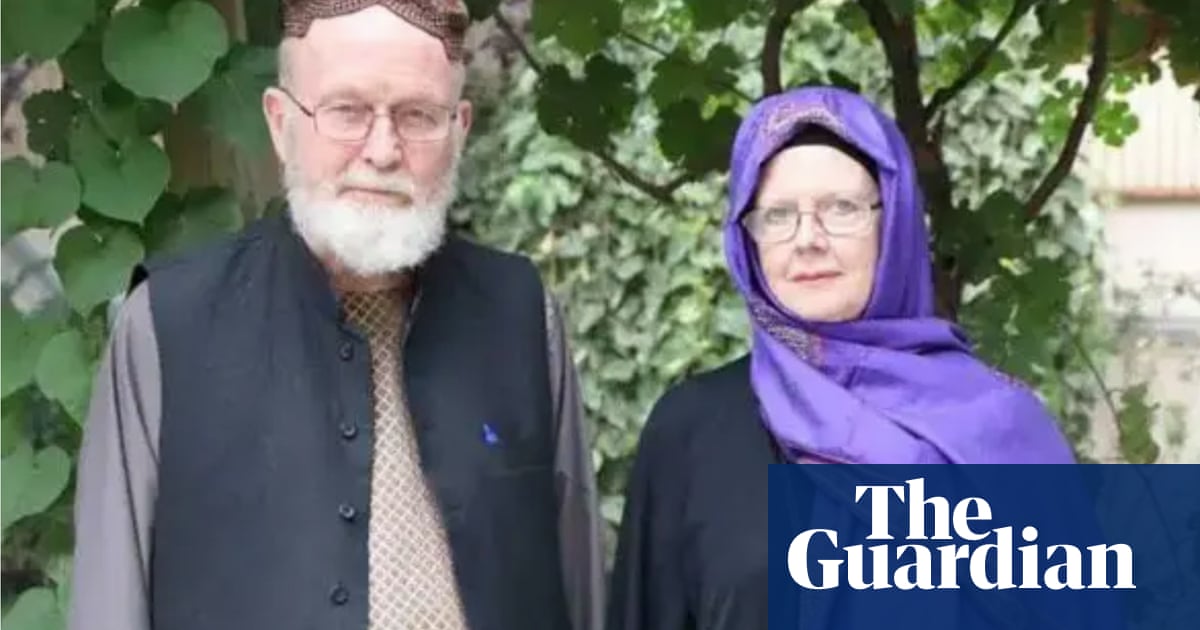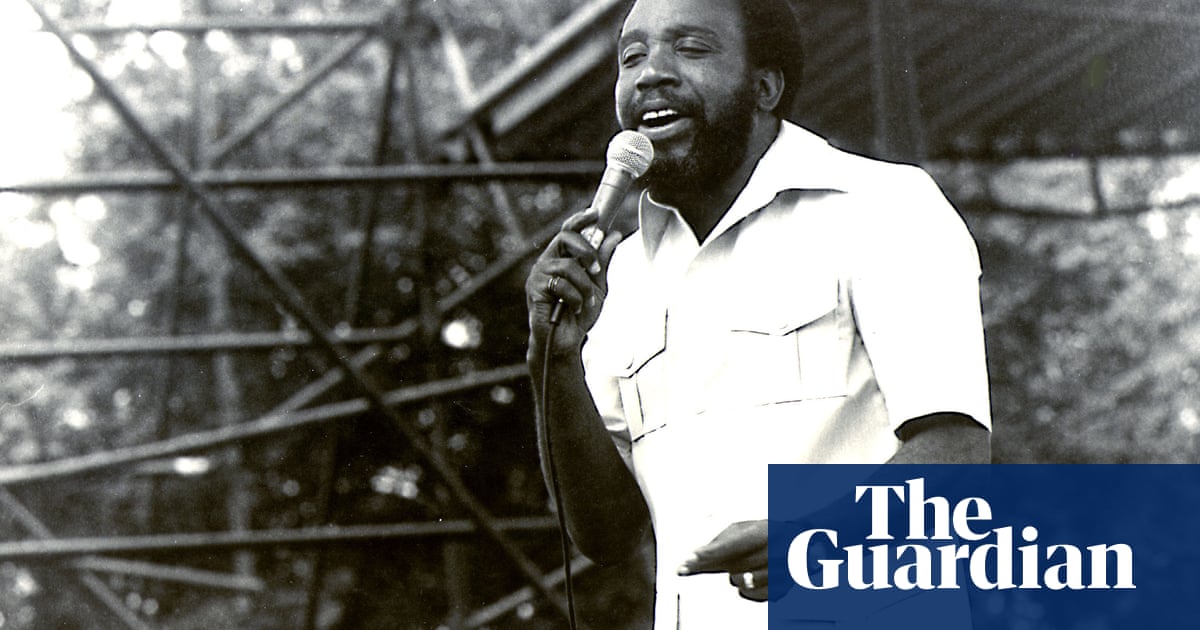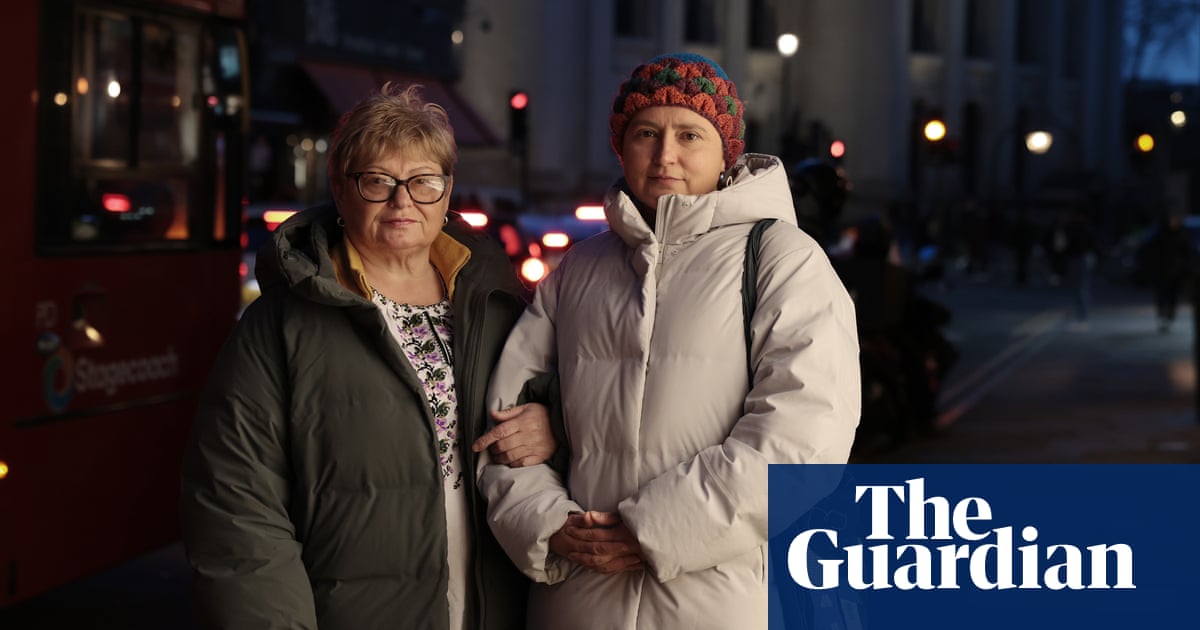Power supplies will become “tight” in New South Wales and Queensland later this week as the season’s first major heatwave coincides with outages at big coal-fired power stations.
Parts of western Sydney are forecast to approach 40C on Tuesday and Wednesday during a pre-summer hot spell spanning a week of 30C-plus days. Heatwave conditions in eastern parts of NSW will be in the low- to severe-intensity range, the Bureau of Meteorology said.
The Australian Energy Market Operator on Monday issued multiple so-called lack of reserve alerts for the two states, including the highest level-3 forecast for NSW on Wednesday afternoon.
As of Monday morning, NSW faced the possibility of an “interrupted supply”, or blackouts, reaching as much as 227 megawatts at 4.30pm (Aedt). The period when supply may not meet demand – without further market responses – was from 4.30pm to 8.30pm Aedt. Earlier, the shortfall had been more than 1700MW over an eight-hour period.
“High temperatures and strong electricity demand, combined with some generation outages, are causing tight electricity supply forecasts in NSW tomorrow and Wednesday afternoon,” Aemo said in a statement.
“Aemo has alerted the energy industry and is working with power station operators and transmission businesses to boost electricity availability,” it said. Should the market’s response be inadequate, Aemo would take “actions” to ensure supply.
For Queensland, the present gaps involve inadequate reserves – a buffer in case a plant drops out – for periods stretching from 3pm to 10.30pm local time.
Indications that south-eastern Australia is facing its most extensive belt of heat have been clear for days. As of this morning, almost 6 gigawatts of coal-fired power stations were unavailable because of planned and unplanned maintenance, according to Dylan McConnell, an energy specialist at the University of NSW.
McConnell said about half of the unavailable coal capacity was because of scheduled maintenance, noting that such outages were typical in the lead-up to summer.
“The period [for] maintenance windows might be getting shorter because these hot days are stretching later into March and earlier in November, and you need availability over winter as well,” he said.
Even without any blackouts, both NSW and Queensland could expect pretty volatile pricing” in the wholesale power market later this week, McConnell said.
after newsletter promotion
The NSW energy minister, Penny Sharpe, said the state government was holding off any official call to reduce power to conserve supplies at this point, although “we’re obviously keeping a close eye on it”.
She said the “first thing”, though, was for people to take care of themselves in the coming heat.
“You should drink water, you should check in on neighbours and you should think about whether you need to walk out in the middle of the day in the beating hot sun.”
The public should consider whether “every single light needed to be on” in the house or whether air-conditioners needed to be set at 19C, Sharpe added.
Separately, fire danger risks in NSW were likely to remain in the “medium” to “high” category in coming days. The likelihood of light winds and the fact the landscape hasn’t dried out – yet – will spare the state more severe fire conditions for now, according to the Rural Fire Service.
Similar moderate fire danger risks also apply for Queensland.

 2 months ago
51
2 months ago
51













































